When you think of cacti, the image that often comes to mind is a stoic plant weathering the harsh desert conditions, standing tall amid the arid landscape. Over the years, these resilient plants have made their way from the desert's expanse into our homes and gardens. But even the hardy cactus can benefit from some periodic care. One aspect of this care, often overlooked, is pruning. The question then arises: Should you prune your cactus? and if so, how? and when?
Should You Prune Your Cactus?
The decision to prune your cactus hinges on a variety of factors, and while not every cactus will require pruning during its lifetime, there are definite circumstances under which pruning becomes beneficial.
Health Maintenance
Cacti, as resilient as they are, can develop health issues. If your cactus exhibits signs of rot, fungal infections, or pest infestations (like scale insects), pruning becomes necessary. By carefully removing the diseased or infested segments, you not only ensure the current health of the cactus but also its future well-being by preventing the spread of such issues.
Verdict:Yes, prune your cactus if it shows signs of diseases or infestations.
Aesthetic Enhancement
If your cactus starts growing in an unsightly or unbalanced manner, or if it sends out offsets (baby cacti) prolifically, it might not align with the desired look you have in mind. In these instances, pruning can help restore or shape the aesthetic appeal of the cactus, allowing you to guide its growth.
Verdict:Consider pruning if you're not satisfied with your cactus's appearance, but always prioritize the plant's health.
Safety Concerns
Certain cacti can grow quite large or have particularly menacing spines. In homes with young children, pets, or high foot traffic, these cacti can pose a risk. If the cactus becomes a potential hazard due to its size or the density and sharpness of its spines, pruning can be a proactive safety measure.
Verdict:Prune for safety reasons, especially if the cactus poses a risk to household members.
So, to directly answer the question, "Should I prune my cactus?": It depends. If your cactus is healthy, maintains a pleasing shape, and poses no safety concerns, you may not need to prune. However, for health, aesthetic, or safety reasons, pruning becomes not only beneficial but sometimes essential. Always ensure that the act of pruning aligns with the plant's best interests and is done with care and knowledge.
Top of Form
Identifying the Optimal Pruning Time
Timing is crucial in many aspects of gardening, and cacti pruning is no exception. Correct timing ensures that the cactus recovers quickly from the pruning wounds and benefits most from the process.
Understanding Growth Cycles
Every cactus has its rhythm. While most plants have a distinct growth and dormant phase, for cacti, these phases might not always align with conventional gardening wisdom. Typically, many cacti grow during the warmer months and enter dormancy in cooler seasons. However, specific species might behave differently. Therefore, it's essential to familiarize yourself with your specific cactus.
The Dormant Phase is Key
The dormant period, generally during late fall or winter for most species, is the most suitable time to prune. Why? Because during dormancy, the cactus's energy is not focused on growth, and any injury or wound caused by pruning will heal without diverting resources from active growth. This ensures minimal stress and quicker recovery.
Monitoring the Cactus's Condition
While the dormant phase is typically the best time, certain urgent situations, such as disease or pest infestations, may require immediate attention. In these cases, waiting might cause more harm than good. It's essential always to monitor your cactus’ health and act when necessary, even if it's outside the ideal pruning window.
Pruning Techniques and Precautions
Pruning a cactus isn't like pruning a rose bush. The unique structure and nature of cacti require a specific approach and tools.
Tools of the Trade
Safety should always be a priority. Ensure you have a good pair of thick gloves, preferably ones that spines cannot easily penetrate. For the actual pruning, sharp and sterilized pruning shears or a knife will be required, depending on the thickness of the cactus segment being cut.
Clean and Precise Cuts
When pruning, make your cuts clean and sharp. Jagged or torn tissue can be an entry point for diseases. If you're removing a branch or an offset, aim to cut as close to the main stem as possible without damaging it.
Aftercare
Once pruned, the cactus will have open wounds. It's essential to allow these cuts to air dry and form a callous. This process can take anywhere from a few days to a couple of weeks, depending on the size of the wound and the ambient conditions. It's also advisable to hold off on watering for a while after pruning to minimize the risk of rot setting in.
Final Thoughts
Cactus pruning is a blend of art and science. While these resilient plants can often thrive with minimal intervention, the occasional prune can make a world of difference. Whether it's to maintain their majestic appearance, ensure their health, or keep your household safe, understanding the nuances of cactus pruning will ensure your spiky companion thrives for years to come.
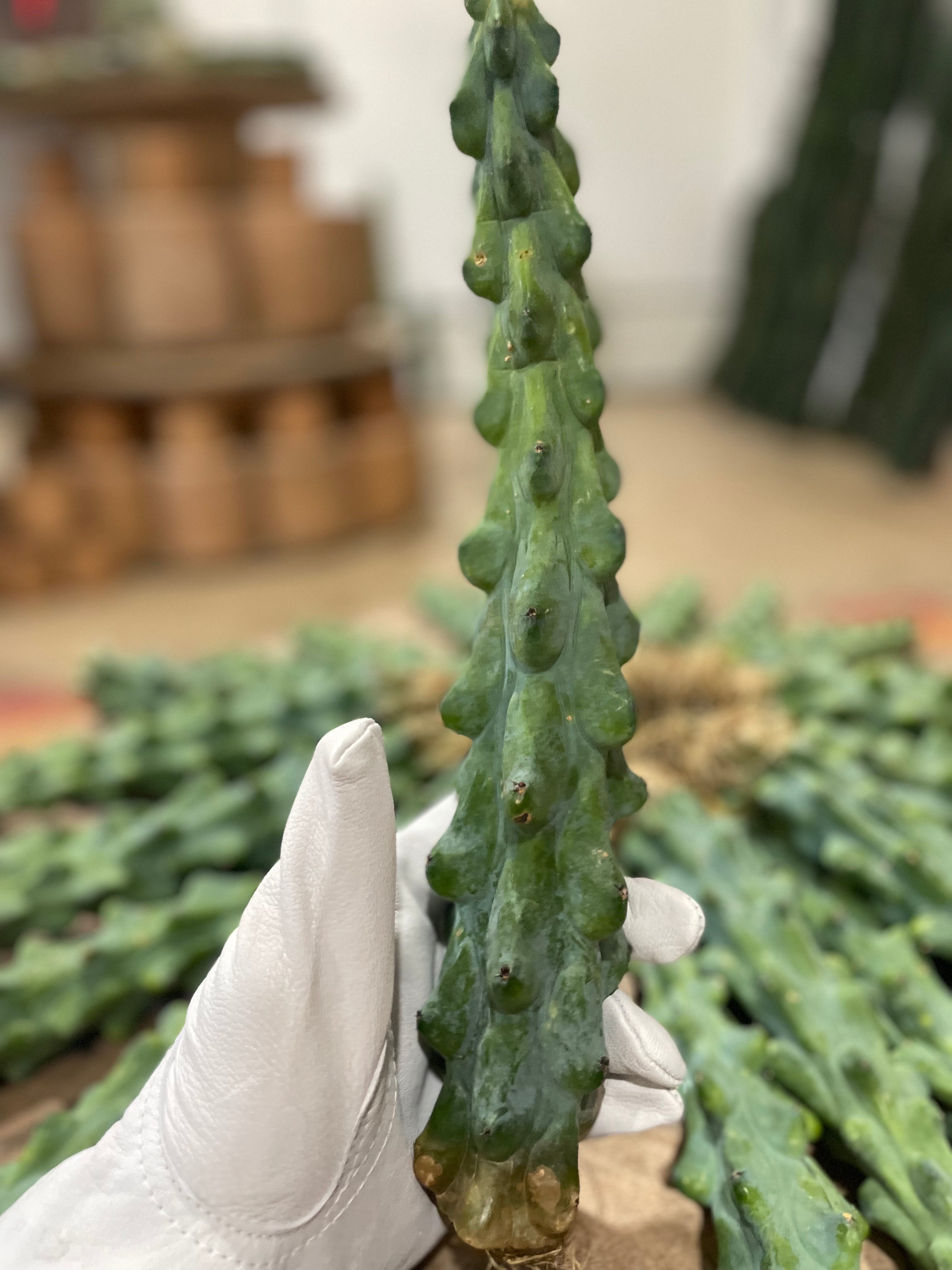
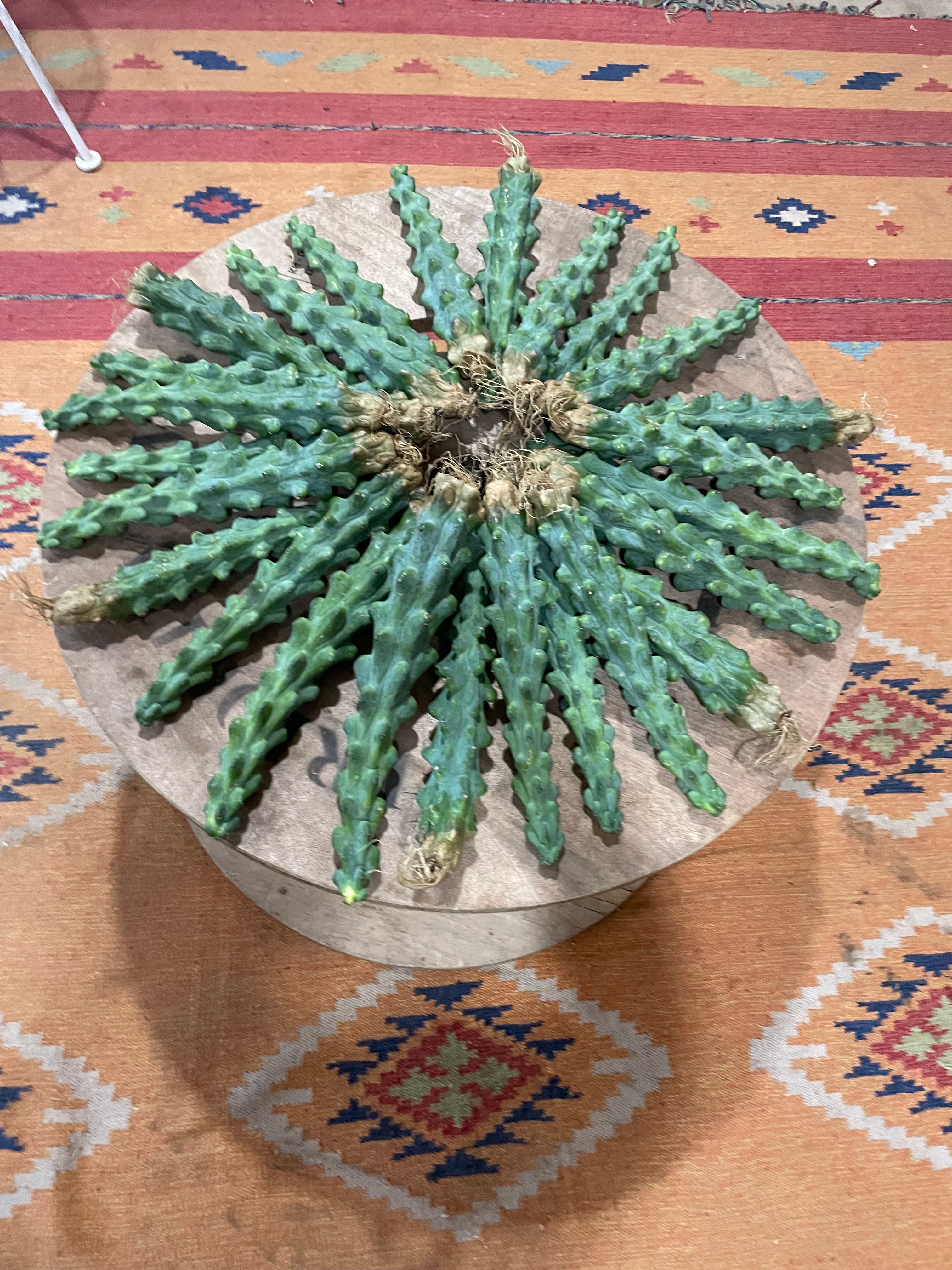
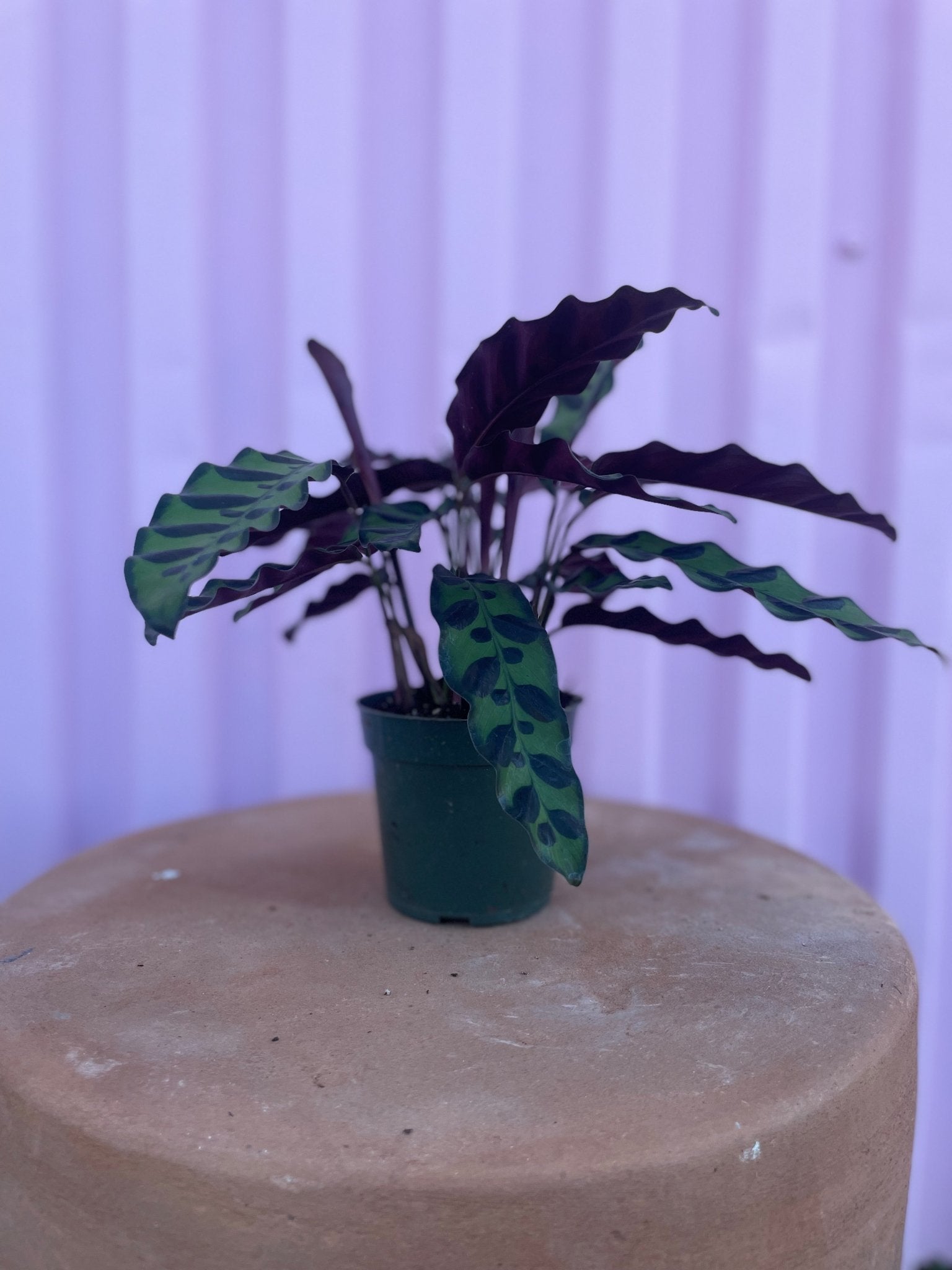
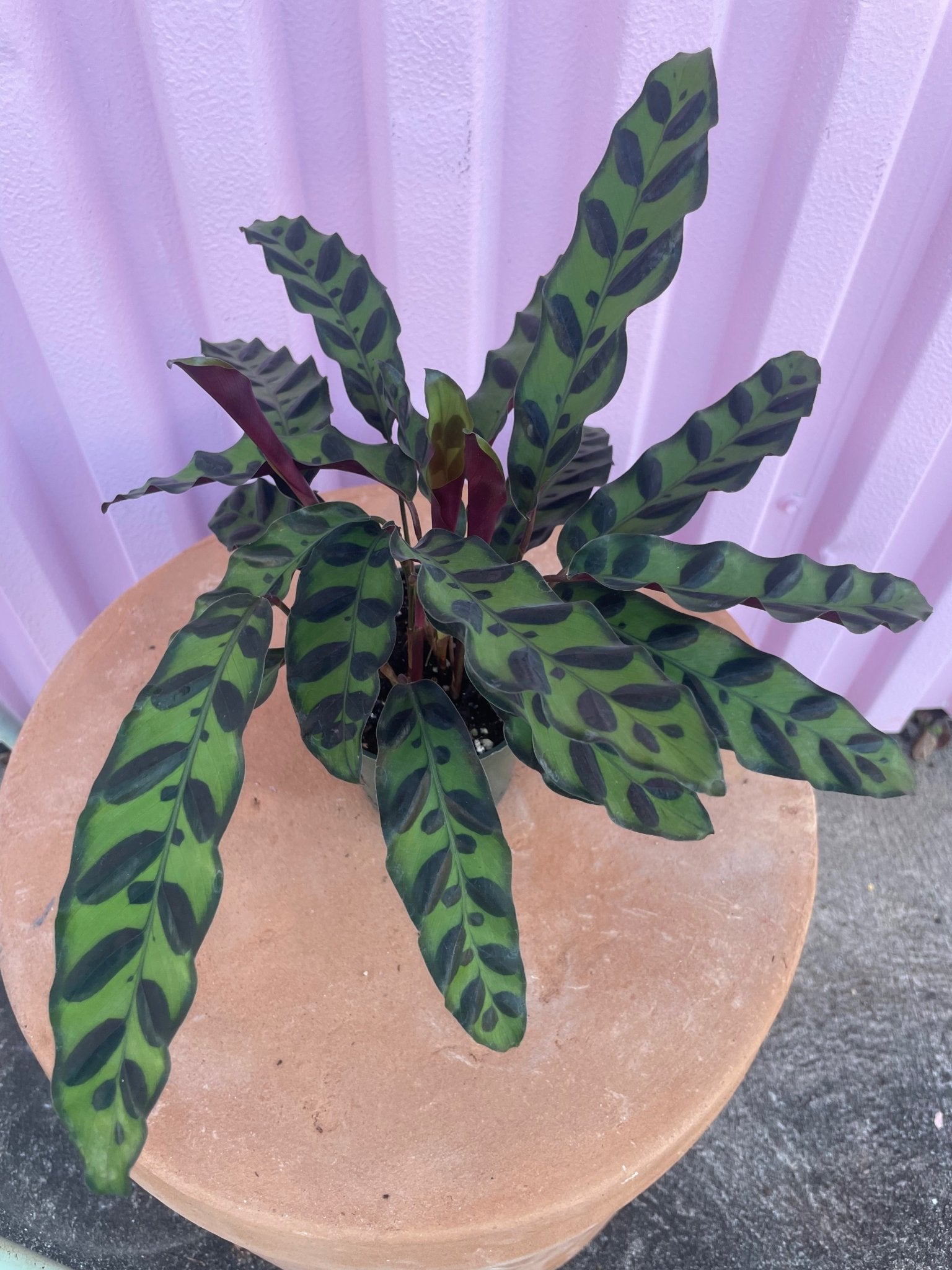
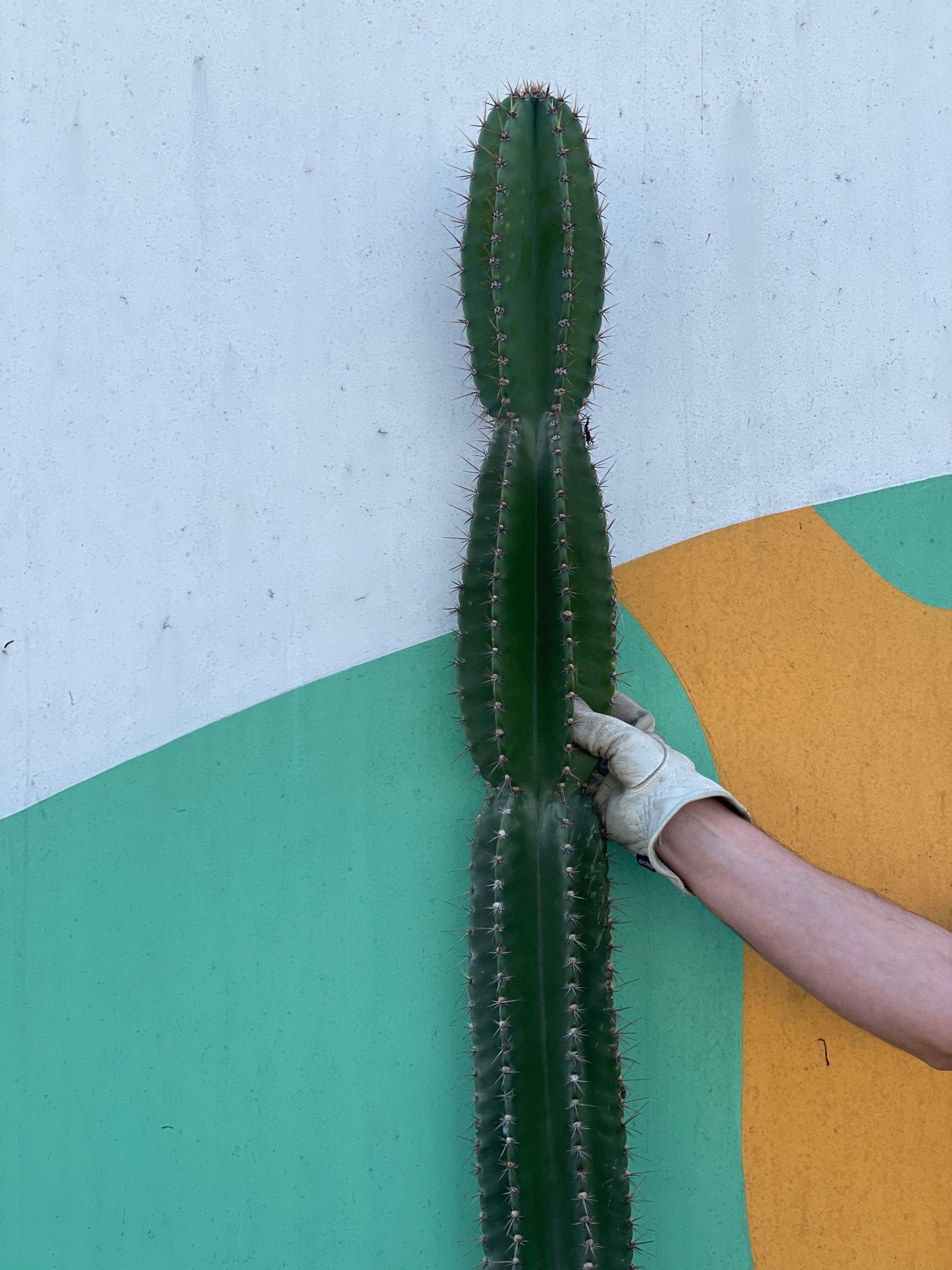
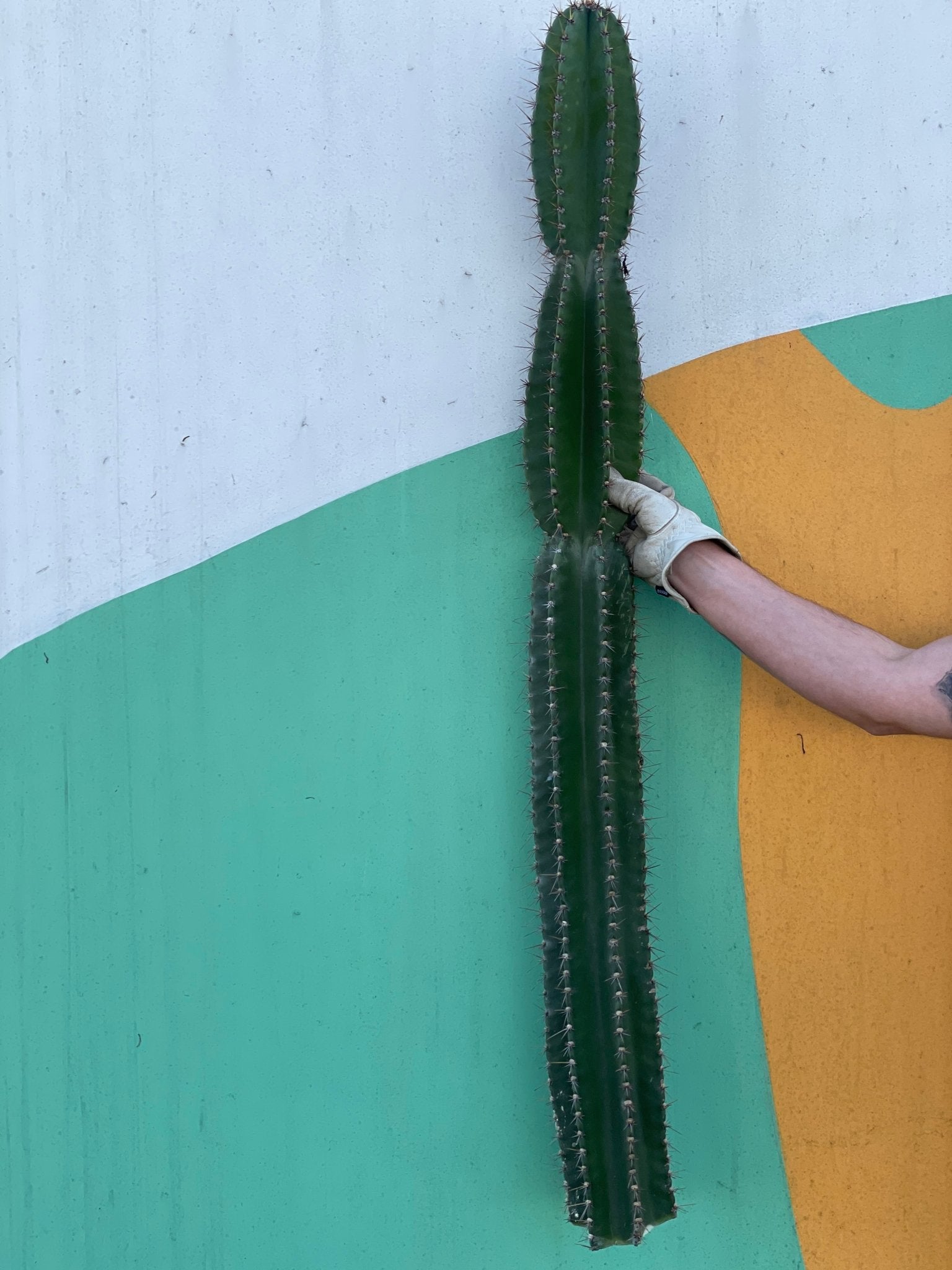
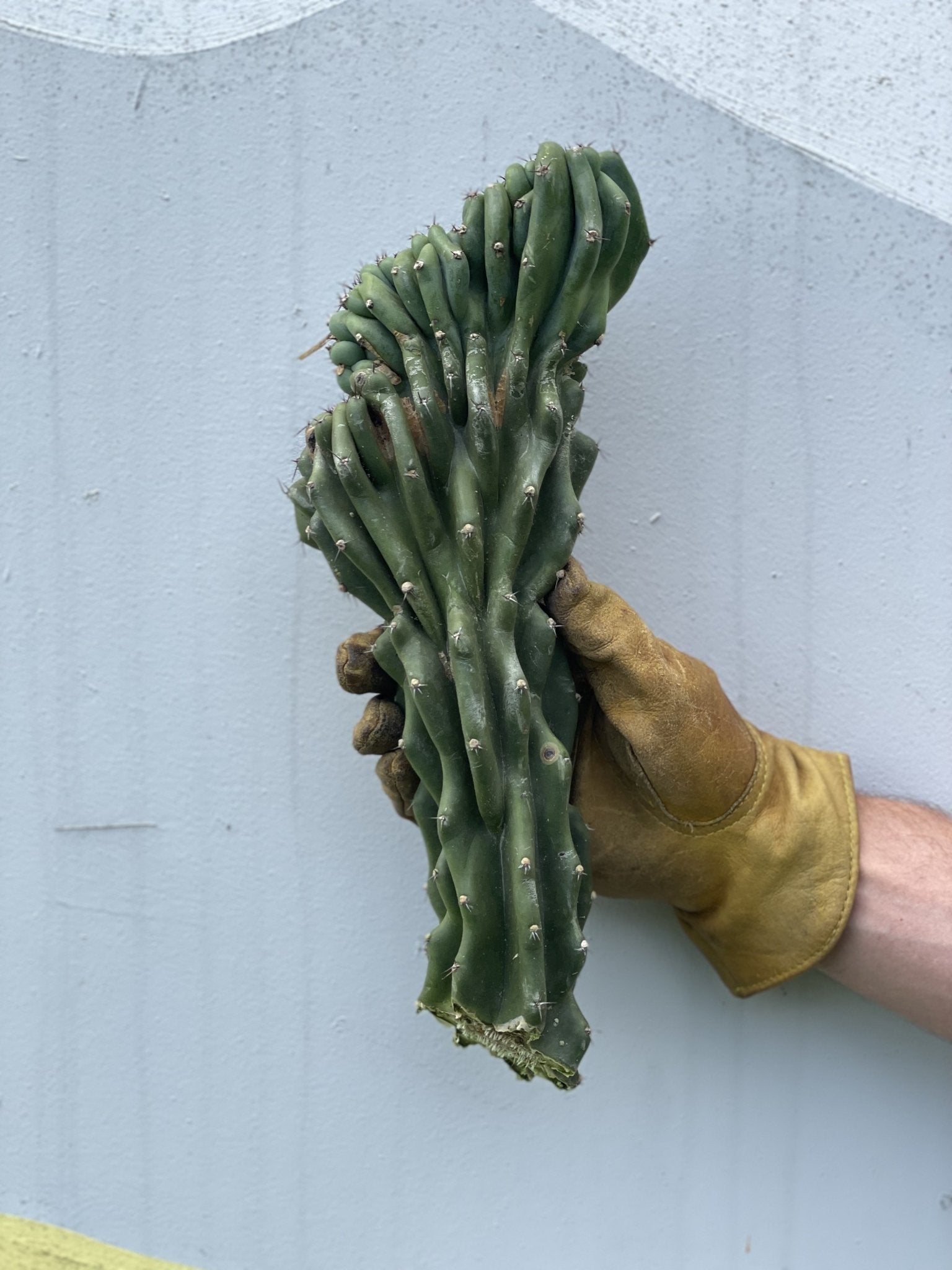
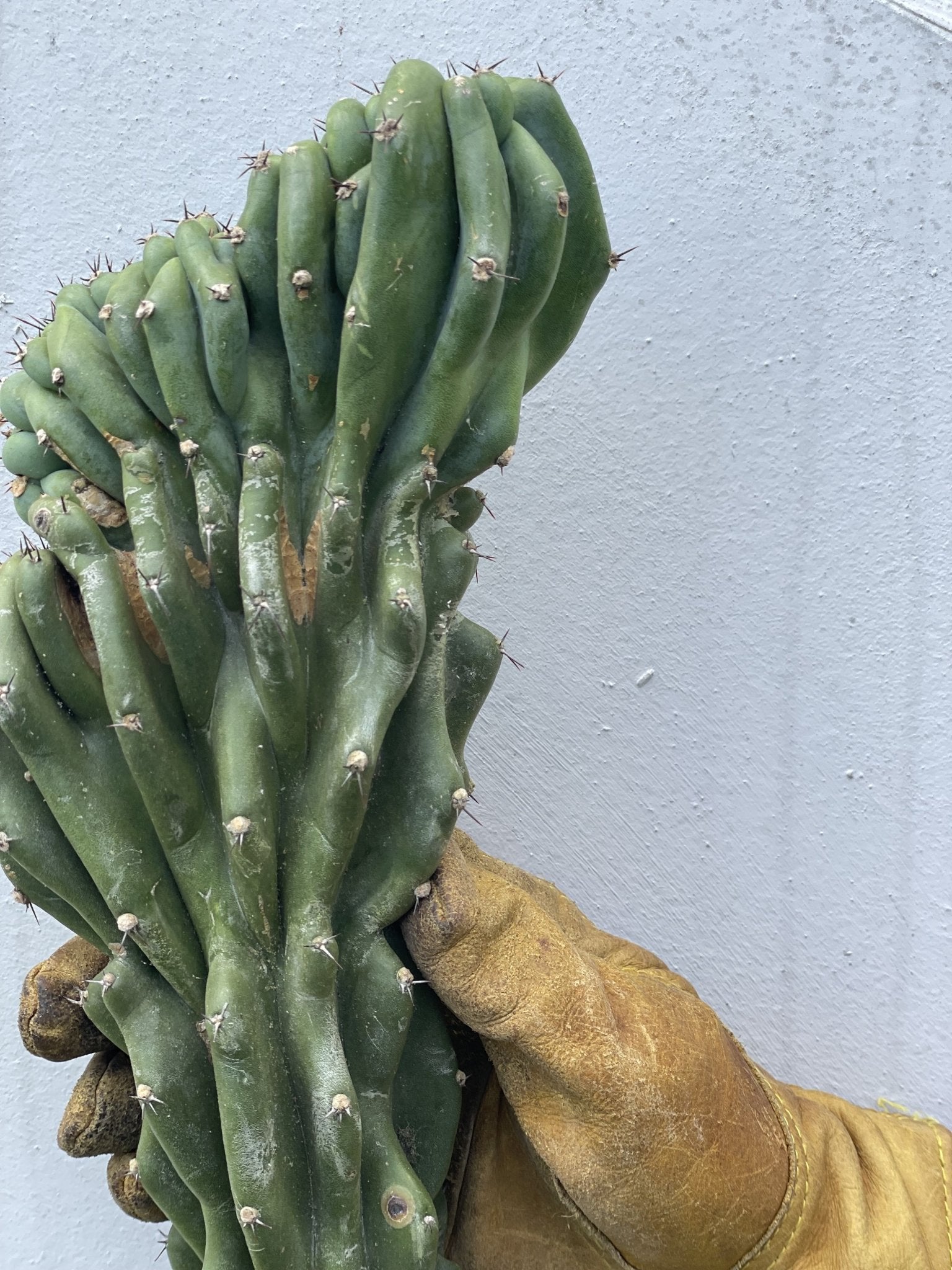



Leave a comment